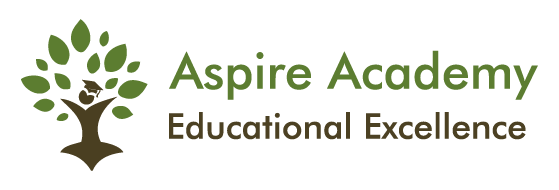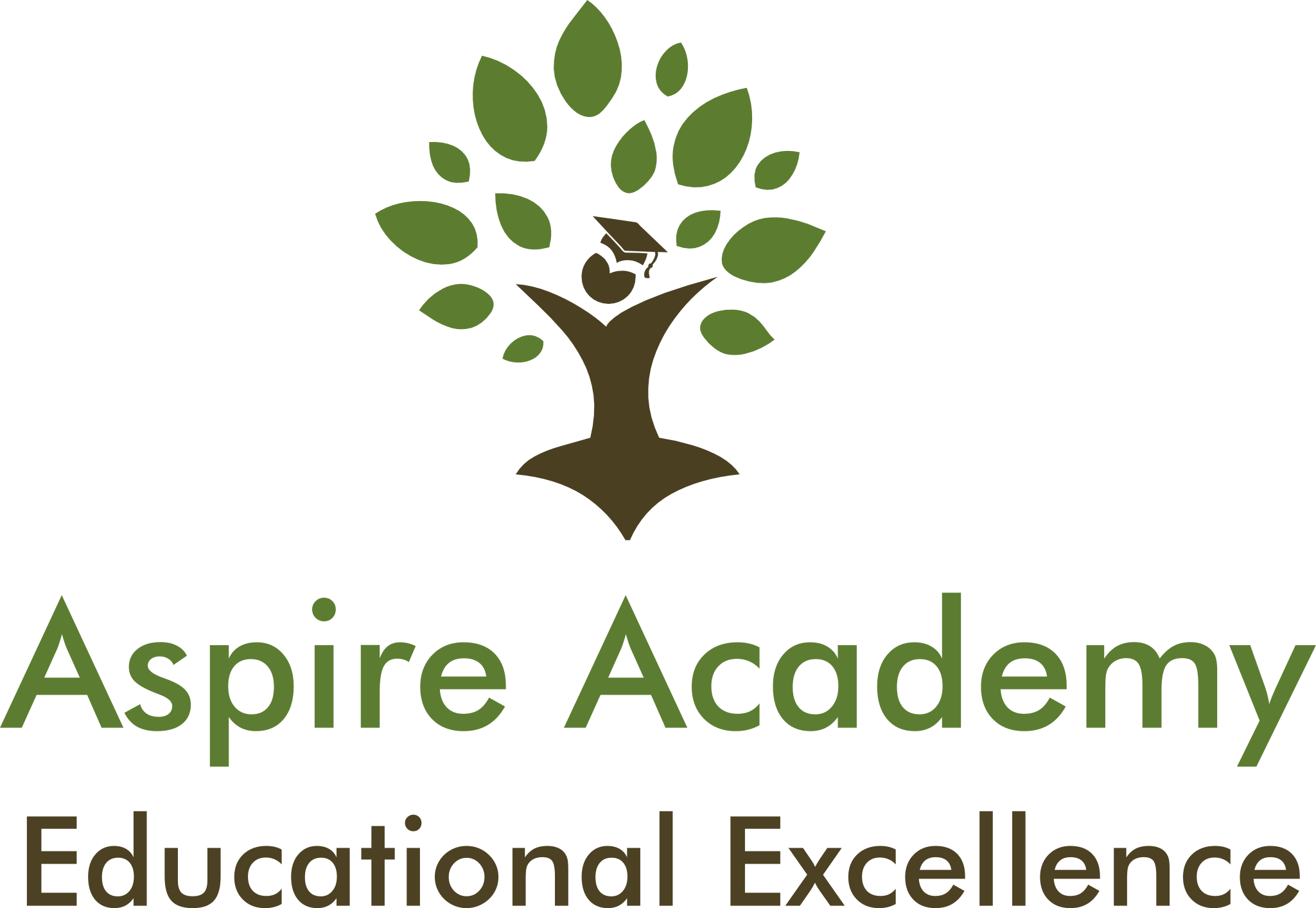What is dyslexia? Dyslexia is the most common reason a child will struggle to read fluently. Dyslexia is trouble with reading, writing and spelling due to reading with the right-side of the brain (visual areas of the brain) instead of the more efficient left-side of the brain (word form area).


Dyslexia has been researched since the early 20th century, and became a specialty of study by the US National Institutes of Child Health and Development (NICHD).
Common symptoms of dyslexia. Children who struggle to read because of dyslexia will struggle to learn the sounds of the alphabet, are unable to sound out words for reading and spelling, and struggle with learning silent e. These symptoms cause problems in decoding while reading. Children with dyslexia typically have slow, choppy reading and very poor spelling. They will struggle to memorize sight words, and typically will have funny pronunciations for words with three or more syllables (amiwuz for animals, hangaber for hamburger, callipitter for caterpillar).
Best treatments for dyslexia. It is now proven science that children who struggle to read due to the inability to decode (dyslexia), need to learn to read using a systematic phonics program that starts from the most simple concepts and builds up to more complex concepts (learning to decode simple CVC words like tap, then moving to one syllable words with blends, like blast, then to silent-e, then to multi-syllabic words like administrate and speciality). The systematic phonics program needs to be cumulative, multi-sensory and student-paced. The most successful reading programs for children with decoding problems are based upon the Orton-Gillingham method, developed in the 1940s by Dr. Samuel Orton and Anna Gillingham. Reading programs based on the Orton-Gillingham Method include the Wilson Reading System, the Susan Barton Method, Alphabetic Phonics, Take Flight, SPIRE, and IMSE, to name the most popular.
Do US public schools use the Orton-Gillingham method in special education?. Our teaching universities and reading textbook companies have largely ignored the NICHD reading research produced by our government over the past 60 years. (Source: Why Aren’t Our Kids Being Taught to Read?) The majority of reading teachers have NOT been taught how to use systematic phonics and the Orton-Gillingham method to help readers who struggle due to dyslexia. Teachers who have received training, typically receive less than five days of training. A certified teacher in the Orton-Gillingham method should receive at least a semester of training, mentorship, and an observed practicum.
Science estimates between 7% – 15% of children have dyslexia, and the American Academy of Pediatrics research shows that 80% of kids in special education for reading have undiagnosed dyslexia (Source: AAP – Learning Disabilities, Dyslexia and Vision). The US, for past 30 years, has had an illiteracy rate of 25%, largely due to our universities and school systems ignoring the science of reading. It is no coincidence that this percentage easily includes the prevalence of dyslexia in the US.
Is dyslexia a poverty problem? According to NICHD research, dyslexia runs in families across all income levels and IQ levels. It is genetic, based upon brain development in the womb, and it can be identified at birth if babies are tested for it.
What questions should I ask my child’s teacher? If your child is struggling with reading, ask the teacher what areas are causing your child problems. Ask for specifics:
- How well does my child know their letter sounds?
- Can my child decode unknown words?
- How well does my child read non-sense words?
- How well does my child identify vowel sounds in the middle of words?
- Is my child on track with learning their sight words?
- Is my child an accurate reader or do they guess at words, skip the small common sight words while reading, but still can comprehend what the paragraph?
- Is my child progressing as well as the majority of his/her classmates?
- Does my child struggle with reading comprehension or vocabulary?
If you child is struggling in the above areas, don’t accept the answers that are commonly given:
- They will grow out of it
- Some kids struggle but get it later
- It’s too early to worry
Research proves that the earlier a child receives intervention for decoding problems using an Orton-Gillingham approach, the less time they spend receiving help to overcome it.
If your child is struggling:
- Don’t wait!
- Take a free dyslexia screening quiz (free dyslexia screener)
- If they show more than 10 symptoms on the screener, have them evaluated for dyslexia
- Seek private tutoring as schools, at this time, do not adequately remediate dyslexia.
- Look for tutoring centers or private tutors that have certified Orton-Gillingham staff and training, and use the program consistently and with fidelity (as designed).
If you have questions after reading this article, feel free to contact the author! Have dyslexia questions – click here!
Article written by Heidi Stoffel. Heidi is a Wilson Dyslexia Practitioner, mother of a child with dyslexia, and founding member of Decoding Dyslexia Iowa. She hascreated four dyslexia organizations in her quest for providing more access to Orton-Gillingham programs for children who struggle to read due to dyslexia.

